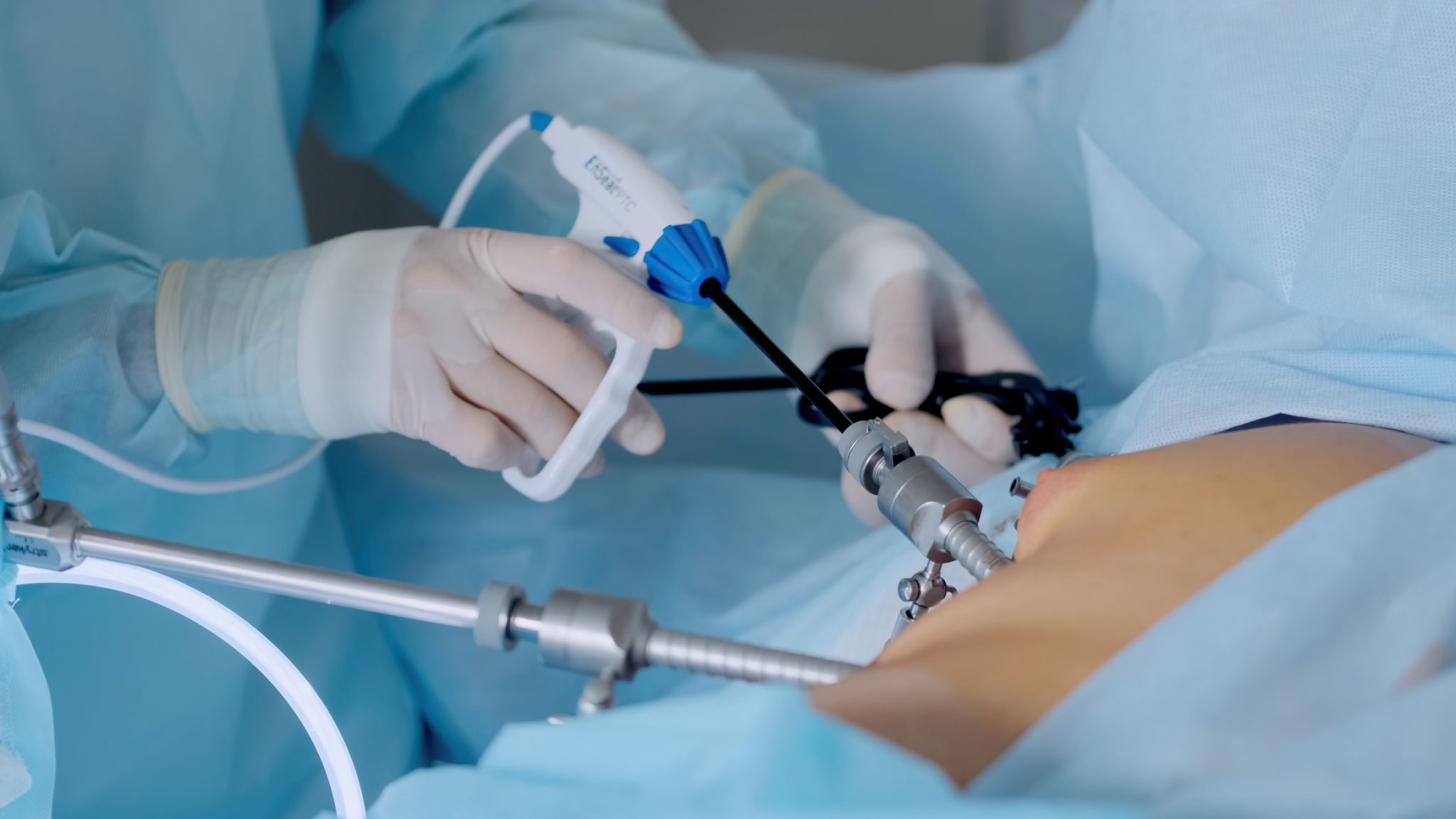Minimally Invasive Procedures: What You Need to Know
Understanding Minimally Invasive Procedures
In recent years, the medical field has witnessed a significant transformation with the advent of minimally invasive procedures. These groundbreaking techniques offer an alternative to traditional surgery, providing numerous benefits to patients seeking effective treatment options.
Minimally invasive procedures involve the use of advanced technology and specialized instruments to perform surgeries through tiny incisions. This approach reduces trauma to the body, leading to faster recovery times and fewer complications compared to conventional surgery.

Benefits of Minimally Invasive Procedures
The advantages of minimally invasive procedures are numerous and include:
- Reduced Recovery Time: Patients often experience quicker healing, allowing them to return to their daily activities sooner.
- Less Scarring: Smaller incisions result in minimal scarring, improving cosmetic outcomes.
- Lower Risk of Infection: With fewer and smaller incisions, the risk of infection is significantly reduced.
- Less Pain: Patients typically report experiencing less pain and discomfort post-procedure.
These benefits make minimally invasive procedures an attractive option for both patients and healthcare providers. However, it is essential to understand the various types of procedures available and their specific applications.

Common Types of Minimally Invasive Procedures
Minimally invasive techniques are applied across various medical fields. Some of the most common types include:
- Laparoscopy: Used for abdominal and pelvic surgeries, this technique involves using a laparoscope to view and operate on internal organs through small incisions.
- Arthroscopy: Often employed in orthopedic surgeries, arthroscopy allows surgeons to view, diagnose, and treat joint issues using an arthroscope inserted through small cuts around the joint.
- Endoscopy: This procedure involves inserting an endoscope through natural openings or small incisions to examine internal organs such as the digestive tract.
Preparing for a Minimally Invasive Procedure
Preparation for a minimally invasive procedure is crucial for ensuring a successful outcome. Patients should consult with their healthcare provider to discuss their specific needs and concerns. Here are some general steps to consider:
- Consultation: Schedule a detailed discussion with your surgeon to understand the procedure, potential risks, and expected outcomes.
- Preoperative Tests: Complete any necessary tests or screenings as advised by your doctor to assess your overall health status.
- Follow Instructions: Adhere strictly to any preoperative instructions provided by your healthcare team, such as fasting or medication adjustments.

Post-Procedure Care and Recovery
Caring for yourself after a minimally invasive procedure is essential for a smooth recovery. Follow these tips to optimize your healing process:
Ensure you have adequate support at home during your recovery period. Follow any prescribed rehabilitation exercises or physical therapy sessions to aid in regaining strength and mobility. Maintain open communication with your healthcare provider and report any unusual symptoms or concerns promptly.
In conclusion, minimally invasive procedures represent a significant advancement in medical technology, offering patients effective treatment options with numerous advantages. By understanding these procedures and following proper preparation and recovery guidelines, patients can enjoy improved outcomes and quality of life.
